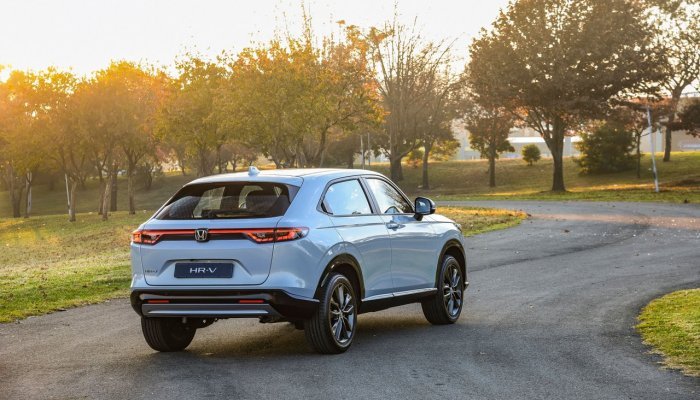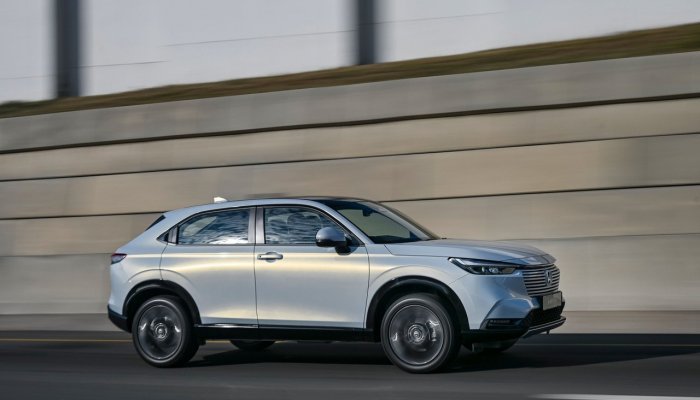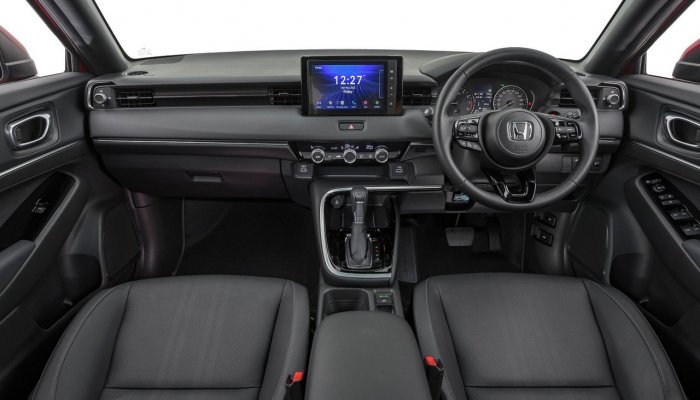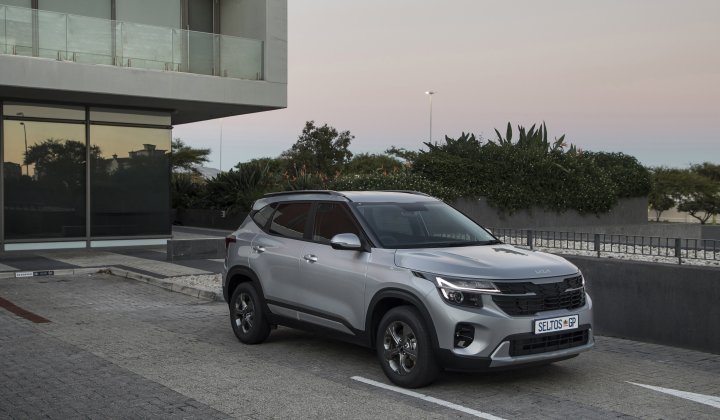What is it?
While this is the third generation of the HR-V, it is so different to the vehicles it replaces that it should be viewed as an altogether new car. It is a practical compact crossover that has had an emphasis placed on its kerb appeal.
Why this?
This is a practical vehicle, as SUVs must be, and it is gorgeous vehicle, as many SUVs are not. That’s a good enough combination for most buyers out there, but there is more depth to the HR-V than that. What really opened our eyes (looks aside) was the incredibly extensive list of active safety systems, almost ironic given the daring appearance.
Outside
Honda’s compact crossover has joined the global trend of becoming a "sportback" SUV, with a sloping rear design intended more for appearance than the "Utility" in the SUV moniker. The svelte profile, coupled with the colour-coded front grille, the hidden rear door handles, the thin headlights and body-width rear LED light bar, elevates the HR-V into a new stratum of desirability.
The net result is a thoroughly contemporary, premium design that manages to catch the eye in the parking lot, no matter what angle it’s viewed from.
Inside
The cabin doesn’t stretch the envelope to nearly the same extent as the exterior – it’s a clean, functional space with soft-touch finishes and some classy elements, but potential buyers might feel that the interior doesn’t live up to the exterior’s promise of modernism.
It is full of features though, including an eight-inch touchscreen, clever air-con that diffuses cool air through the car without blowing it in your face (unless you want it to), clever storage compartments, a panoramic roof in the Executive model, hands-free power tailgate… The so-called Magic Seats are brilliant too, folding completely out of the way when extra space is needed.
Little has been spared in terms of safety, with a host of radar-assisted safety systems: collision mitigation braking system (CMBS), adaptive cruise control (ACC), lane keeping assist system (LKAS), road departure mitigation (RDM) and auto high-beam (AHB) – you’ll have to stuff up quite monumentally to have a fender-bender in the HR-V.
This car isn’t Mary Poppins’ bag or Harry Potter’s tent, though – you can’t fit more into it than physics allows, and the svelte slope of the posterior does limit the luggage capacity.
The drive
Oh, for this car to be available with one of Honda’s beautiful manual gearboxes, or even a traditional automatic transmission. Instead it comes with a CVT, the most fuel-efficient option, but also the least exciting to drive and most tedious to live with.
The engine, a familiar 1.5-litre petrol unit, produces 89kW and 145Nm, which is neither enough power nor torque to do this car justice. Throw a turbo on there and pair it with a six-speed manual and you’d have a car we’d all be raving about. A hybrid version is probably going to arrive sometime and that may well solve any shortcomings.
Performance isn’t everything, obviously. Fuel consumption is good at a claimed 6L/100km and ride quality is excellent.
Final word
So, how do we feel about the Honda HR-V? It looks like a million bucks and costs around half that, so it’s good value in the rand-for-looks department. The rands:drivability ratio is less flattering, though, with what is otherwise a fantastic car let down by the familiar drone of a CVT gearbox and lacklustre performance. In the end, it depends on where you place your value and what you’re happy to settle on.
Go get it
At R554 500, the HR-V Executive is competitively priced when compared to the myriad of sexy SUV competitors. The Comfort model is more affordable at R469 000. The price includes a five-year/200 000km warranty and a four-year/60 000km service plan as well as a three-year AA roadside assistance plan for additional peace of mind.








